"Only have EYES for You"
THE KEY CONCEPT : When designing characters with only their eyes visible, their most successful range of expressions is limited to Anger and Sadness. |
If you’re a robot designer limited for technical reasons to depicting the eyes only (Figure 1), or an animator purposely creating a character without a visible mouth (Figures 2 & 3), you are taking on the challenge of communicating expression with just the upper half of the face.
To demonstrate the best-case and worst-case scenarios of such a situation, I tested two of my own drawings that portrayed Anger and Joy respectively. I knew from a series of earlier tests done by animation students I work with at the University of Washington that these two expressions represent the extremes of what can and cannot be discerned from observing the eyes alone.
| HAPPY EYES - Harder to Read Alone Figures 6. This man shows all the signs of being happy - his open-mouthed smile, his dimple creases in his full cheeks, his compressed lower eye lids and his narrowed eyes all say "Joy." Figure 7. Without the other facial clues, the eyes alone are difficult to read unambiguously as "Joy." |
This was consistent with our previous tests. Joy requires a visible mouth – the smile – to be clearly readable while angry eyes are quite clear without seeing the mouth at all.
This is good news for animators creating characters like Iron Man and Spider-Man (Figure 2), whose masks present permanently scowling eyes, and hide the mouth. We get the message from just the narrowed eye shape that these are men to be reckoned with, ready for a fight.
It’s bad news, however, for robot designers hoping to create empathetic machine companions without an expressive mouth. While it is – barely – possible to create a sense of a happy, friendly character with just smiling eyes, it requires the sort of sounds and body language that Eve presented in Wall-E. The laughing Eve (Figure 3), besides making the right noises, also bounced up and down, and brought one “hand” up to her non-existent mouth. We are so programmed to look for a mouth to determine happiness that it’s a great deal of work to accomplish the same thing with the mouth missing.
If your character needs to express Anger or Sadness, the eyes alone can do the trick. The opposite is true of Joy – the mouth alone, characterized by a big smile, can carry the message.
Blog Post Title: Title of a song written by Harry Warren in 1934, lyrics by Al Dubin, for the movie, "Dames," starring Dick Powell and Ruby Keeler. Made popular in 1959 by "The Flamingos;" Figure 1. "Misty I," a Mobile Robot Developer Platform, developed by parent company, Sphero; Figure 2. Spider-Man is a fictional superhero created by writer-editor Stan Lee and writer-artist Steve Ditko. He first appeared in the anthology comic book Amazing Fantasy #15 in the Silver Age of Comic Books. He appears in American comic books published by Marvel Comics, as well as in a number of movies, television shows, and video game adaptations set in the Marvel Universe.; Figure 3. The character "Eve" from the movie "Wall-E," a 2008 American computer-animated science fiction film produced by Pixar Animation Studios for Walt Disney Pictures; Figure 4 & 5. Digital illustration by blog author; Figures 6 & 7. Charcoal illustration by blog author from "The Artist's Complete Guide to Facial Expression," published 1990.
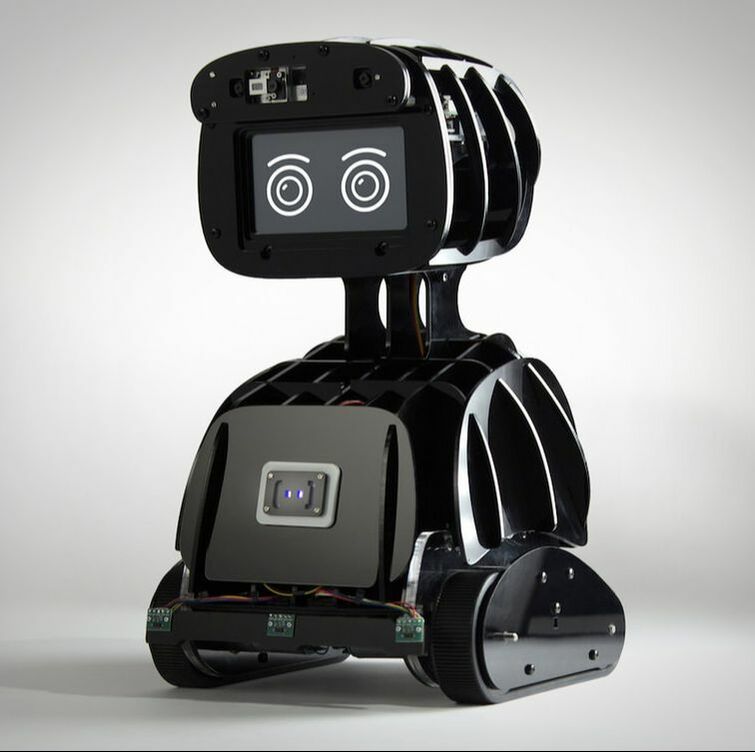
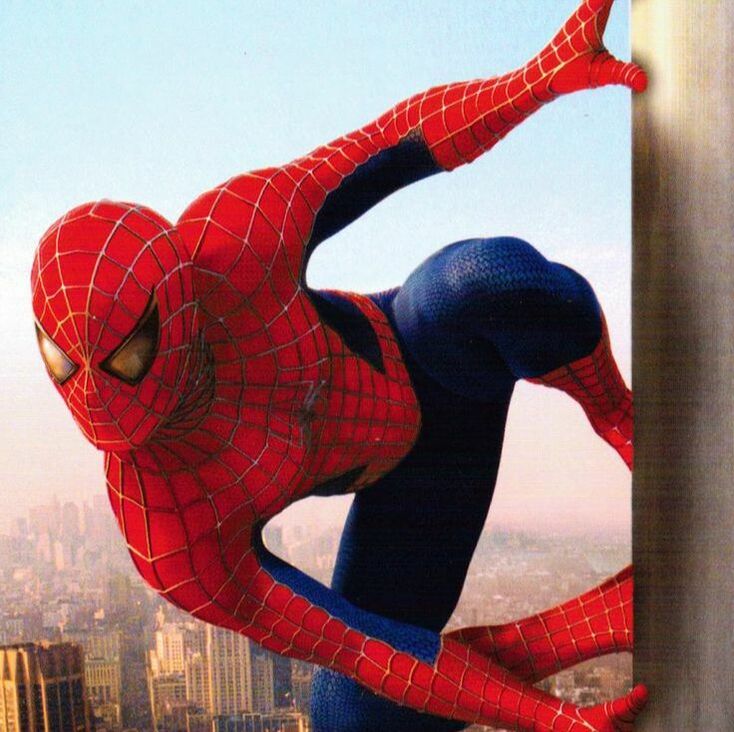
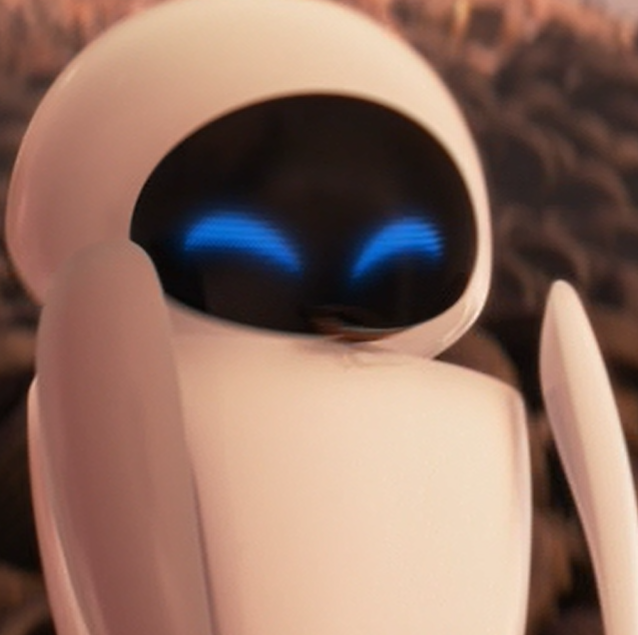
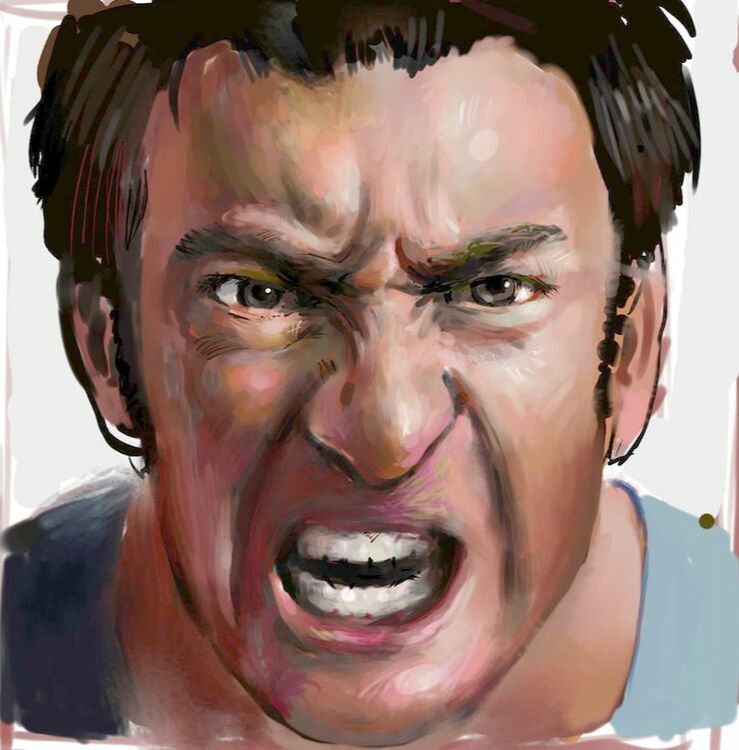
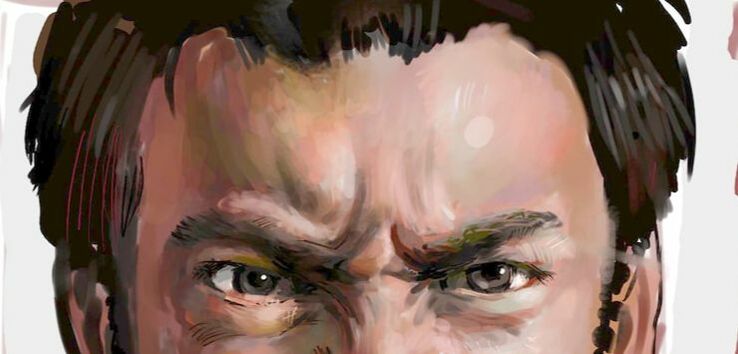
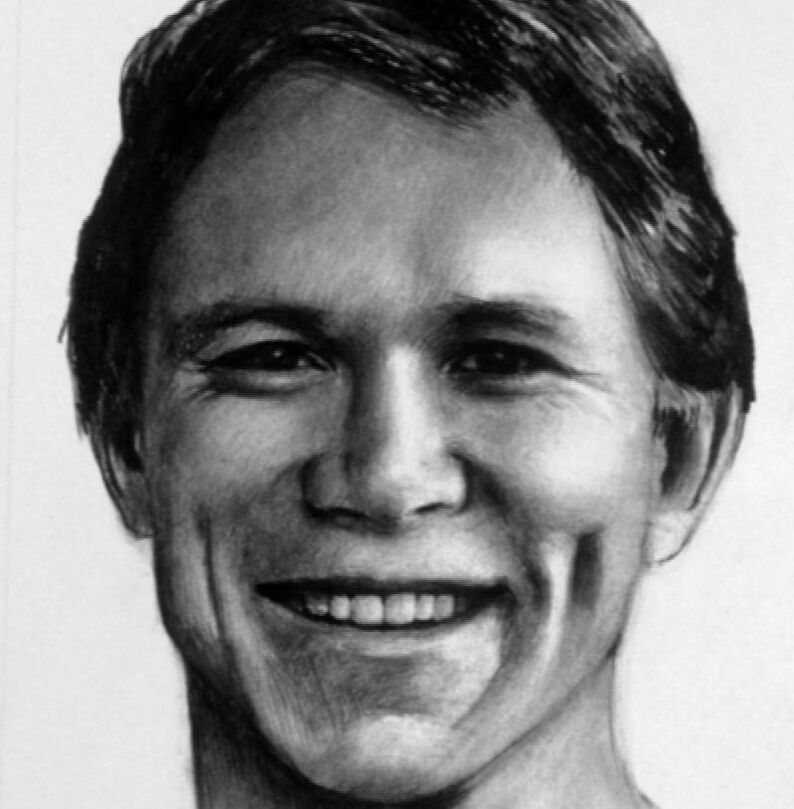
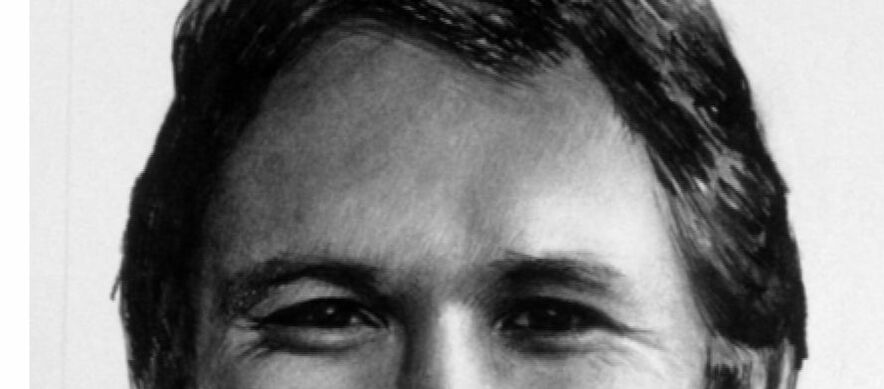

 RSS Feed
RSS Feed